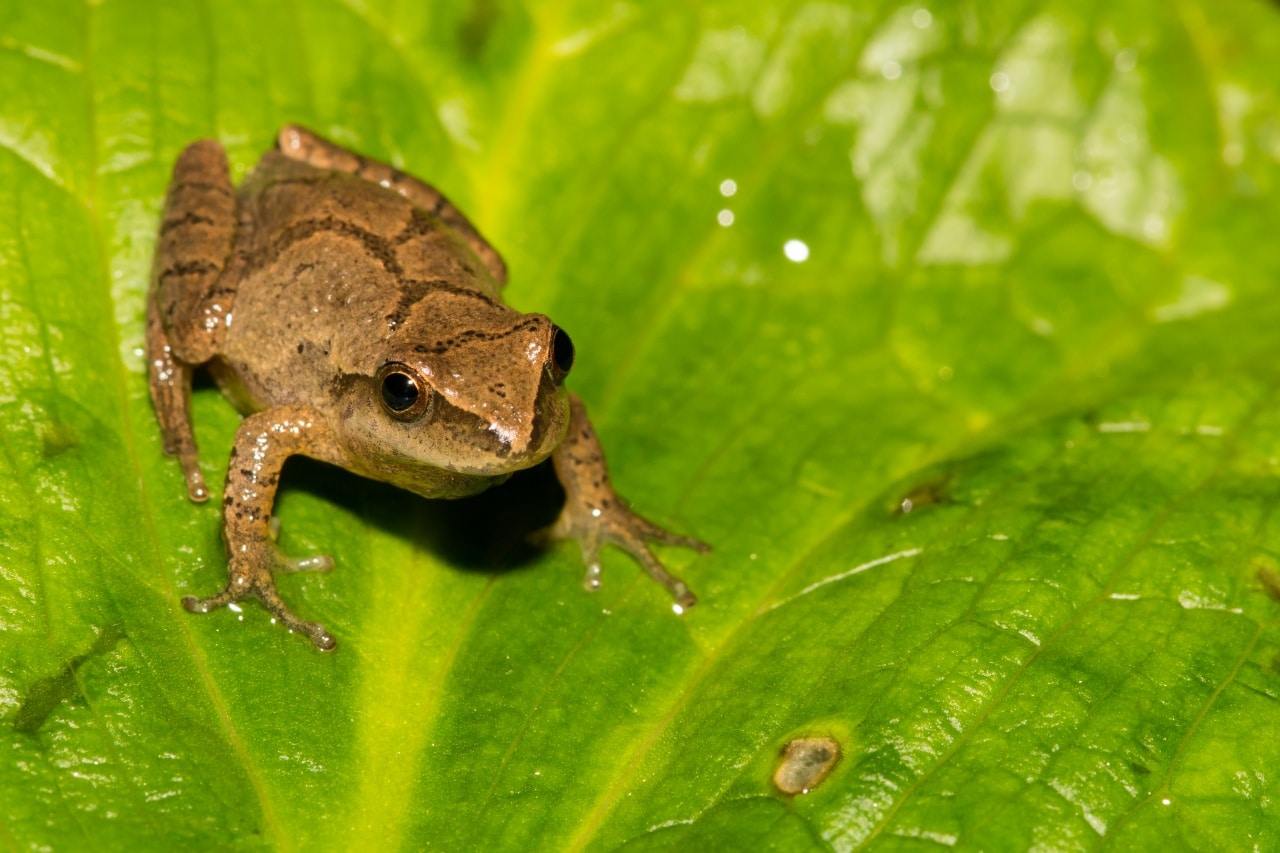Ode to the Spring Peeper Frog | The Sound of Spring
Writers have compared the song of the spring peeper frog to distant sleigh bells or silver pipes, but to the tiny frogs themselves, they are mating calls. To us, they are a sign of spring.

Ode to the Spring Peeper Frog | The Sound of Spring
Photo Credit : JasonOndreicka/iStockThis ode to the spring peeper frog was first published as “The Sound of Spring,” in Yankee Magazine, April 1984

Photo Credit : JasonOndreicka/iStock
Ode to the Spring Peeper Frog | The Sound of Spring
In 1956, when I was nine years old, we moved from the city to the suburbs. It was winter, and on the first warm night I stepped out to the back porch and heard in the distance a wonderfully high, thin sound, as clear as the first stars over the bare black trees.
It was the call of the spring peeper frog. Remembering the sound from her childhood, Mother looked them up in her Field Guide to North American Reptiles and Amphibians and showed me the picture of Hyla crucifer, a tiny tree toad no bigger than a thumbnail with a faint X on his back — hence his name, the cross-bearer. I remember the picture well, but like most people I have never seen the real thing, though I’ve been told that with a flashlight it’s possible to spot them in the act of singing by following their song in the swamp at night. But I suspect that, like crickets, they would probably shut up when you got too close.
Writers have compared the spring peeper call to distant sleigh bells or silver pipes, but to the tiny frogs themselves, they are mating calls. Responding to the first warm nights, peepers emerge from their winter home under dead leaves and rotten logs. They inch up the saplings on sticky feet and sing each night for two or three weeks until the pond has warmed enough for the female to lay her eggs.
[text_ad]
In the still forest the spring peeper call can be heard a mile away, but in a suburb with heavy traffic, the sound is as evanescent as the chittering of bats. Spring peepers have been heard as early as January during thaws on Long Island and as late as June in Maine, but in most of New England, late March and April is their calling season. By May their voices are silent, and the swamp creaks with bullfrogs and hums with the first mosquitoes.
From that first night, spring peepers marked the turn of the year for me, and I am saddened if spring comes full-blown, and I realize that I have missed them.
When graduate school and work took me to Boston and a 140-year-old house in Dorchester, trips to the countryside at night became rare, and most springs went by without the tree frogs.
I remember a party in Wellesley when I stepped out back and heard the spring peeper frog for the first time in several springs. My high heels sank in my host’s lawn while the faint voices seemed to draw me back to an older world when the giant dragonflies and strange amphibians were the only life that stirred among the tree-ferns. This past spring, walking to the drugstore at dusk, I heard the peepers in Dorchester for the first time. Spring in Dorchester is signaled by young men waxing their Trans Ams at the curb while the tape deck plays rock, and little kids riding double with radios hanging onto the handlebars of their wobbly bikes. In the city teenagers reappear as predictably as skunk cabbage in their own appointed spots — broken stone walls, the wooden steps of vacant houses, the edges of public parks glittering with glass in the streetlights. But in the short pauses between songs on the radio or when the traffic was light, I could hear the thin piping from the trees at the steep, trash-covered bank of the river where the current pushed perpetually against the submerged shopping carts.
The tiny frogs had lain all winter under the Church’s fried chicken wrappers and Lite beer cans, and pulled themselves on their sticky pads up the budding maple and oak saplings just as they had before the city, or men, or the dinosaurs were born, under the first sliver of the first moon of the new year.
Do you look forward to hearing the sound of the spring peeper frog every year?


